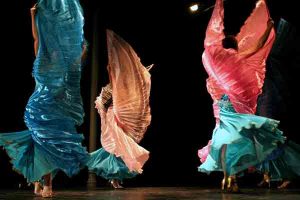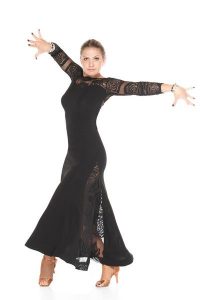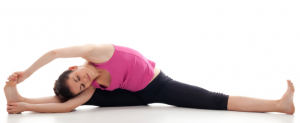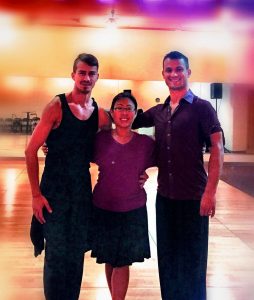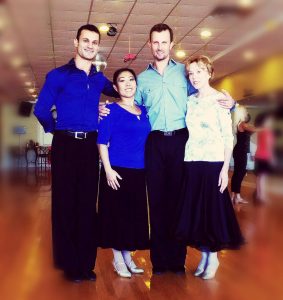massage dancing ballroom latin social salsa waltz tango
Just knowing you have an appointment with your favorite massage therapist can be an incentive to get through a long day in the studio. Achy muscles and tension will soon melt away and be replaced with that lovely sense of blissful relaxation.
Luckily, a massage is more than just a guilty pleasure. It can actually increase circulation, reduce muscle tightness and relieve stress. But while massage therapy has many positive benefits, it’s not exactly the panacea some dancers wish it were. Before you skip the doctor, make sure you know both the benefits and limits of a good rubdown.
How Massage Works
Massage is not just about relaxation. Massage therapists look at how to make a muscle, joint and tendon fire more effectively and even decrease spasm.
There are several types of massage therapy. Dancers most often get a Swedish massage, which helps create a relaxation response in the body, or deep-tissue massage, which helps to reshape patterns of tightness by working on fascia (the connective tissue that wraps each muscle and groups of muscles, much like the casing of a sausage).
Massage also helps to prevent injury. After dancing, massage can reduce tension in the soft tissue as well as stretching the muscles to prevent injury; massage also helps to relax the mind. Deep tissue massages are very popular amongst ballet, ballroom & latin dancers as these improve posture and relax the muscles.
Can Massage…
…Prevent Injury?
When a muscle is “tight,” it can be a sign of overuse or strain, and circulation can be decreased and compromised, making the fascia dehydrated and sticky, which in turn creates adhesions. These adhesions can become painful to stretch and they limit movement, reinforcing dysfunctional movement patterns. “Massage can help break up these fascia adhesions, allowing for improved circulation to the muscle and restoration of full movement.”
By allowing the muscle to work more freely, massage helps prevent imbalances that lead to injury. Massage is one part of injury prevention and rehabilitation, along with exercise, nutrition and sleep. “The massage therapist is part of the dancer’s whole physiological team.”
…Reduce Muscle Soreness?
Massage can increase your circulation, which helps improve recovery. The relaxation effects can also improve your perceived level of fatigue. If a dancer relaxes after a rehearsal while their body is being worked on, they’ve already started the body’s healing process. “That sets them up to feel better, which means they can perform better.”
…Increase Your Range of Motion?
Massage won’t make your muscles more flexible, but it can help relax them. It won’t elongate the muscle, but if you are more relaxed, you will be able to move the limb or joint more easily, and that could increase your range of motion. 15-minute session before an important rehearsal or performance if they have a tight muscle. Dancers feel they have their range back, but it all depends on how fatigued they are and what else is going on with their body.
…Flush Toxins?
If you want to get rid of toxins, you’re better off focusing on hydration than massage. Drinking water right after a massage to rid the body of lactic acid is a myth, as a massage generally does not release built-up lactic acid. “But staying hydrated will help your body function better.”
…Relieve Inflammation?
Lymphatic drainage is proven to decrease inflammation, but that work requires a very light touch. Since a dancer’s schedule is often packed, inflammation is more efficiently treated through electrical stimulation, icing and medication than massage.
…Provide Stress Relief?
Massage has been proven to help reduce both physical and mental stress. The best thing massage can do for you is to help you relax your body. It is also known to improve sleep and help decrease depression and anxiety.
The Bigger Picture
Everyone has muscle imbalances, and staying injury-free is all about maintaining balance in your body. Dancers need to remember that massage is just one possible aid. “Be careful not to rely too much on restorative therapies that only help you ‘feel better.’ Adding stretching and strengthening to correct muscle imbalances is vital to help you get better, too.”
3 Tips for Self-Massage
• Try a lacrosse ball. It’s a good size for a lot of body parts, it’s only about $2 and it’s rubber
• Remember what your therapist does and try to re-create that, making sure it is never so painful that you hold your breath.
• If an area is too sore for pressure, try massaging your face, hands or any surrounding area. That will help decrease the body’s overall muscle tension, which in turn will help decrease tension in the sore spot.
Time It Right
If you have a rehearsal or performance later in the day, massage work should be more superficial, as deep-tissue techniques can leave you feeling too relaxed, loose, a bit sore and unresponsive. A 2006 study published in the British Journal of Sports Medicine found a decrease in muscle-force production immediately following a lower-limb massage.
#ballroomdancing #socialdancing #salsadancing #competitivedancing #ballroom #latindancing #Chicago #Evanston #Northfield
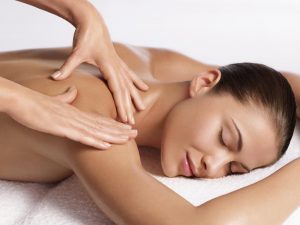
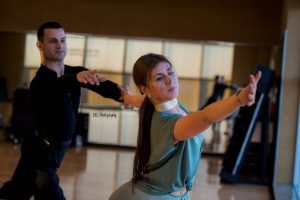
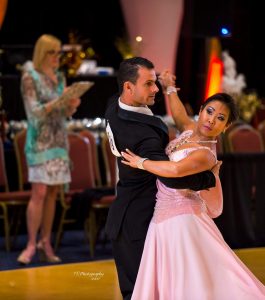
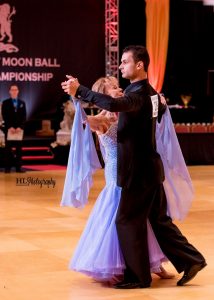
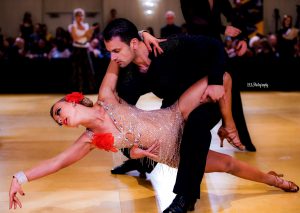
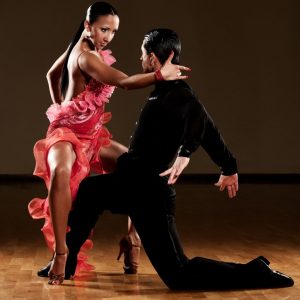 ~FHL Tendonitis
~FHL Tendonitis Dancers are at especially high risk for straining their lower back muscles. This pain feels like a dull ache or discomfort on one or both sides of your spine (not directly on it), and may feel especially painful in arabesque.
Dancers are at especially high risk for straining their lower back muscles. This pain feels like a dull ache or discomfort on one or both sides of your spine (not directly on it), and may feel especially painful in arabesque.


